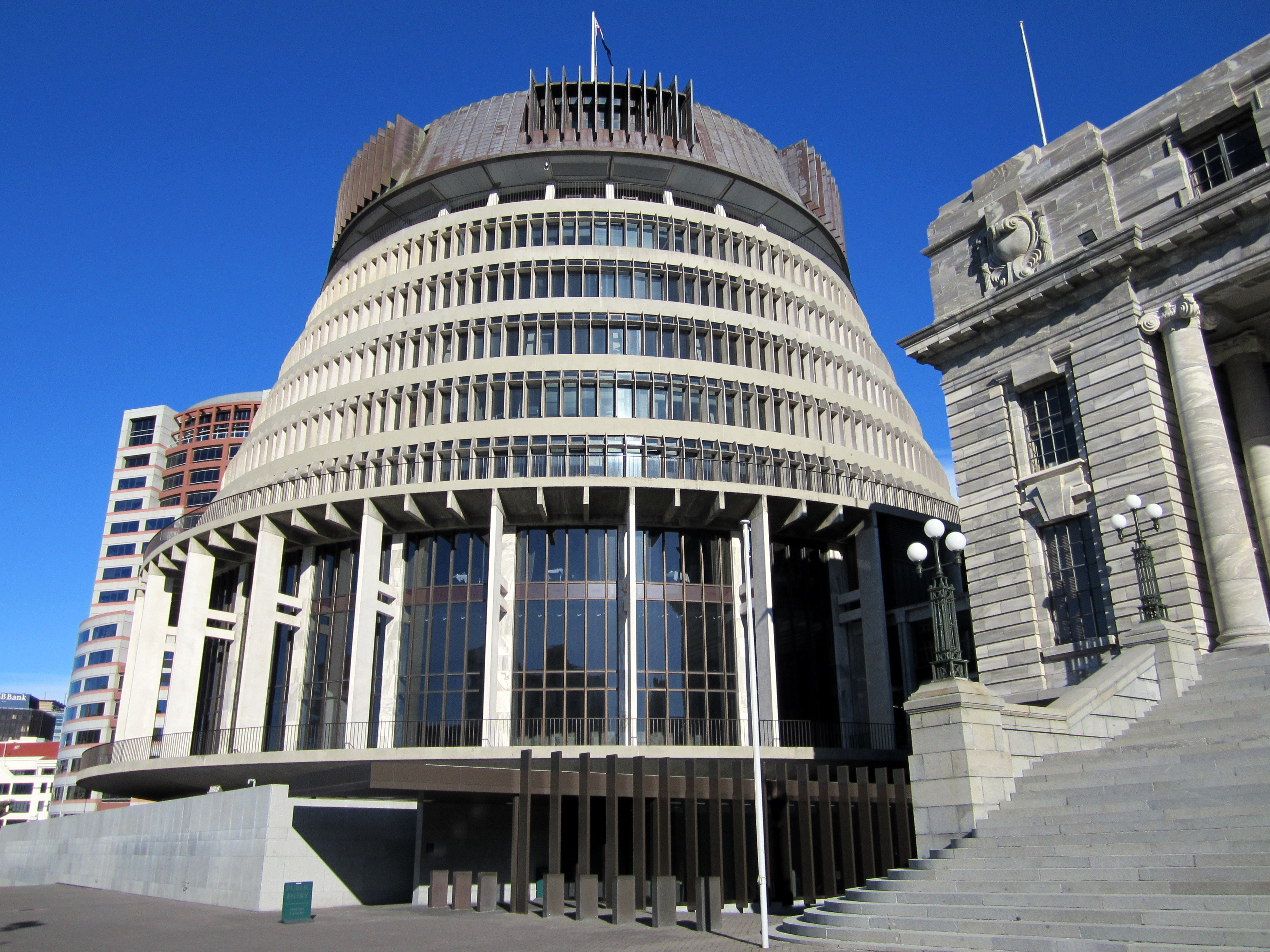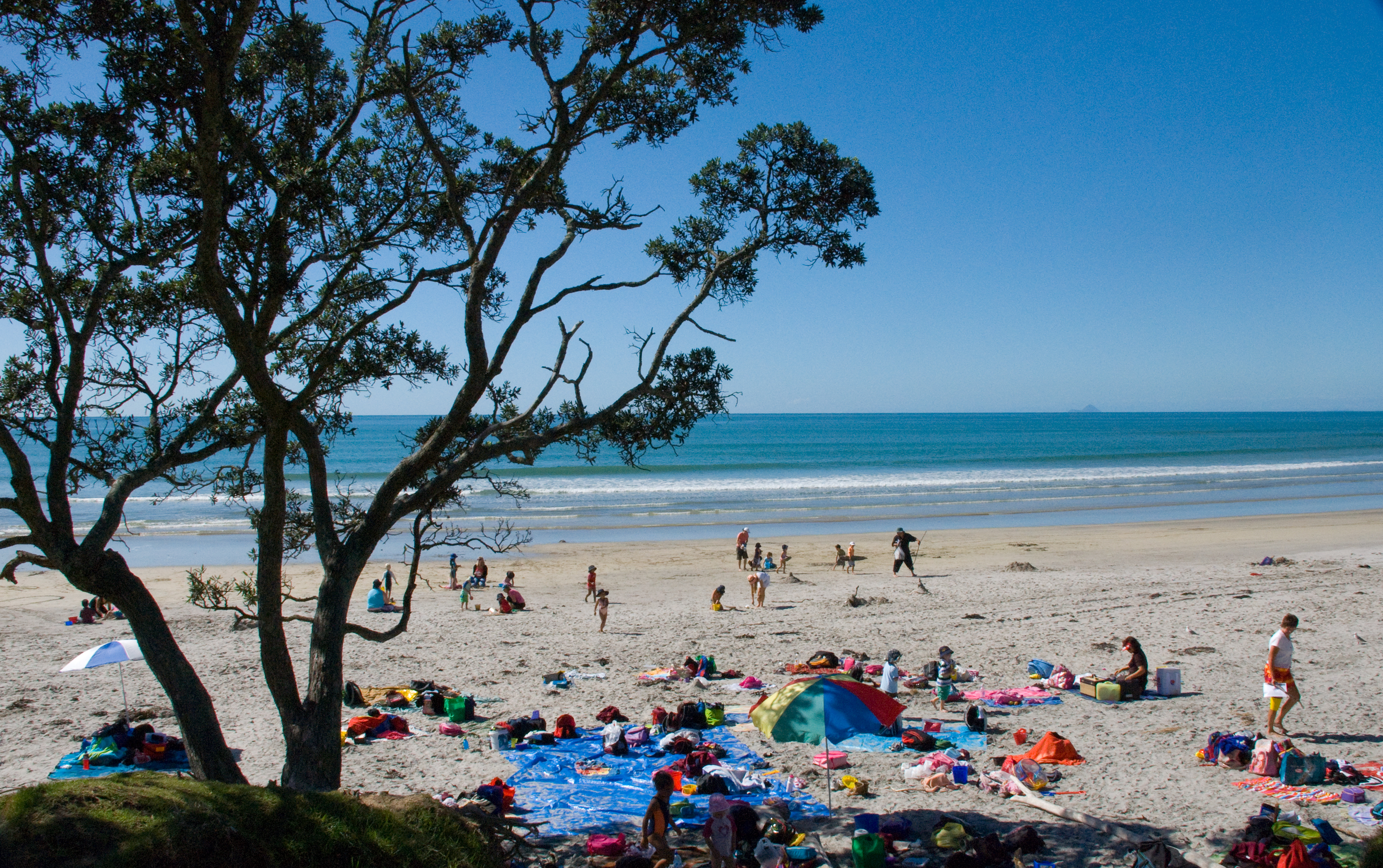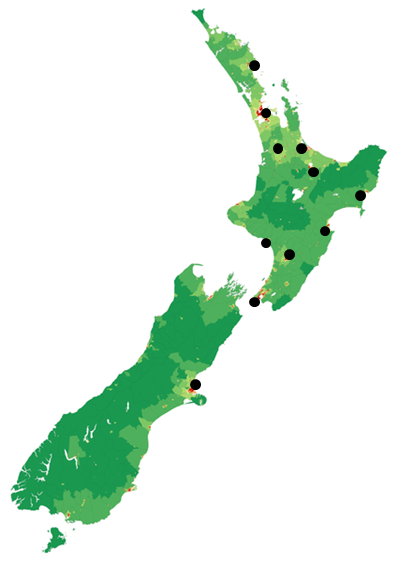|
Ngāti Rangiteaorere
Ngāti Rangiteaorere is a Māori iwi of the Te Arawa confederation of New Zealand. The iwi is based on the eastern shores of Lake Rotorua, also sharing interests with other iwi on Mokoia Island and in coastal lands near Maketu. Te Arawa FM is the radio station of Te Arawa iwi. It was established in the early 1980s and became a charitable entity in November 1990. The station underwent a major transformation in 1993, becoming Whanau FM. One of the station's frequencies was taken over by Mai FM in 1998; the other became Pumanawa FM before later reverting to Te Arawa FM. It is available on in Rotorua. See also * Tikitere *List of Māori iwi This is a list of iwi (New Zealand Māori tribes). List of iwi This list includes groups recognised as iwi (tribes) in certain contexts. Many are also hapū (sub-tribes) of larger iwi. Moriori are included on this list. Although they are dist ... References {{Maori-stub ... [...More Info...] [...Related Items...] OR: [Wikipedia] [Google] [Baidu] |
Lake Rotorua
Lake Rotorua () is the second largest lake in the North Island of New Zealand by surface area, and covers 79.8 km2. With a mean depth of only 10 metres it is considerably smaller than nearby Lake Tarawera in terms of volume of water. It is located within the Rotorua Caldera in the Bay of Plenty Region. Geography Lake Rotorua is fed with water from a number of rivers and streams; some such as the Utuhina flow with a water temperature warmer than the lake due to the thermal activity in the Rotorua area. Conversely streams on the northern shore such as the Hamurana Spring and the Awahou stream flow crystal clear water that has a constant temperature of 10 degrees Celsius. Other notable tributaries include the Ngongotahā stream, famous for trout fishing. Lake Rotorua flows directly into Lake Rotoiti via the Ohau Channel at the north eastern corner of the lake. The urban development of Rotorua extends along the south portion of the lake shore. Geology The lake was ... [...More Info...] [...Related Items...] OR: [Wikipedia] [Google] [Baidu] |
Arawa (canoe)
''Arawa'' was one of the great Māori migration canoes, ocean-going, voyaging canoes in Māori mythology, Māori traditions that was used in the migrations that settled New Zealand. The Te Arawa confederation of Māori people, Māori iwi and hapū based in the Rotorua Lakes, Rotorua and Bay of Plenty areas trace their ancestry from the people of this canoe. Background Te Arawa's ancestors on board the ''Arawa'' were of the Ngāti Ohomairangi of Raiatea, Ra'iātea Island. Following a battle that broke out between them and Uenuku, in which their own Whakatūria fell in battle, Tama-te-kapua promised to captain the voyage to the islands of New Zealand, which had been discovered by Ngahue, Ngāhue of the ''Tāwhirirangi'' canoe. Construction of the canoe A large tree was cut down by four men called Rata, Wahieroa, Ngāhue and Parata, to make the Waka (canoe), waka which came to be known as ''Arawa''. "Hauhau-te-rangi" and "Tūtauru" (made from New Zealand Pounamu, greenstone broug ... [...More Info...] [...Related Items...] OR: [Wikipedia] [Google] [Baidu] |
Māori People
Māori () are the Indigenous peoples of Oceania, indigenous Polynesians, Polynesian people of mainland New Zealand. Māori originated with settlers from East Polynesia, who arrived in New Zealand in several waves of Māori migration canoes, canoe voyages between roughly 1320 and 1350. Over several centuries in isolation, these settlers developed Māori culture, a distinct culture, whose language, mythology, crafts, and performing arts evolved independently from those of other eastern Polynesian cultures. Some early Māori moved to the Chatham Islands, where their descendants became New Zealand's other indigenous Polynesian ethnic group, the Moriori. Early contact between Māori and Europeans, starting in the 18th century, ranged from beneficial trade to lethal violence; Māori actively adopted many technologies from the newcomers. With the signing of the Treaty of Waitangi, Treaty of Waitangi/Te Tiriti o Waitangi in 1840, the two cultures coexisted for a generation. Rising ten ... [...More Info...] [...Related Items...] OR: [Wikipedia] [Google] [Baidu] |
Te Arawa
Te Arawa is a confederation of Māori people, Māori iwi and hapū (tribes and sub-tribes) of New Zealand who trace their ancestry to the ''Arawa (canoe), Arawa'' migration canoe (''waka''). The tribes are based in the Rotorua and Bay of Plenty areas and have a population of around 60,117 according to the 2018 New Zealand census, 2018 census, making the confederation the sixth biggest iwi in New Zealand. The Te Arawa iwi comprises 56 hapū (sub-tribes) and 31 marae (family groupings). History Te Arawa iwi are descended from people who migrated to New Zealand on the ''Arawa'' canoe. They settled in the Bay of Plenty Region, Bay of Plenty region, principally around the Lakes of Rotorua, Rotorua lakes. Three main subtribes developed: Ngāti Pikiao occupied the eastern end of Lake Rotoiti (Bay of Plenty), Lake Rotoiti and the area around Lake Rotoehu and Lake Rotomā; Tūhourangi occupied the upper Kaituna River, western Lake Rotoiti and the south-east side of Lake Rotorua inclu ... [...More Info...] [...Related Items...] OR: [Wikipedia] [Google] [Baidu] |
Te Puni Kōkiri
Te Puni Kōkiri (TPK, also called in English the Ministry of Māori Development) is the principal policy advisor of the Government of New Zealand on Māori people, Māori wellbeing and development. Te Puni Kōkiri was established under the Māori Development Act 1991 with responsibilities to promote Māori achievement in education, training and employment, health, and economic development; and monitor the provision of government services to Māori. The Māori language, Māori name means "a group moving forward together". History Protectorate Department (1840–1846) Te Puni Kōkiri, or the Ministry of Māori Development, traces its origins to the missionary-influenced Protectorate Department, which existed between 1840 and 1846. The department was headed by the missionary and civil servant George Clarke (judge), George Clarke, who held the position of Chief Protector. Its goal was to protect the rights of the Māori people in accordance with the Treaty of Waitangi. The Protector ... [...More Info...] [...Related Items...] OR: [Wikipedia] [Google] [Baidu] |
New Zealand Government
The New Zealand Government () is the central government through which political authority is exercised in New Zealand. As in most other parliamentary democracies, the term "Government" refers chiefly to the executive branch, and more specifically to the Ministry (collective executive), collective ministry directing the executive. Based on the principle of responsible government, it operates within the framework that "the reigns, but the government rules, so long as it has the support of the New Zealand House of Representatives, House of Representatives".Sir Kenneth Keith, quoted in the Cabinet Manual'. The ''Cabinet Manual (New Zealand), Cabinet Manual'' describes the main laws, rules and Constitutional convention (political custom), conventions affecting the conduct and operation of the Government. Executive power is exercised by Ministers in the New Zealand Government, ministers, all of whom are sworn into the Executive Council of New Zealand, Executive Council and accounta ... [...More Info...] [...Related Items...] OR: [Wikipedia] [Google] [Baidu] |
The Encyclopedia Of New Zealand
''Te Ara: The Encyclopedia of New Zealand'' is an online encyclopedia established in 2001 by the New Zealand Government's Ministry for Culture and Heritage. The web-based content was developed in stages over the next several years; the first sections were published in 2005, and the last in 2014 marking its completion. ''Te Ara'' means "the pathway" in the Māori language, and contains over three million words in articles from over 450 authors. Over 30,000 images and video clips are included from thousands of contributors. History New Zealand's first recognisable encyclopedia was ''The Cyclopedia of New Zealand'', a commercial venture compiled and published between 1897 and 1908 in which businesses or people usually paid to be covered. In 1966 the New Zealand Government published ''An Encyclopaedia of New Zealand'', its first official encyclopedia, in three volumes. Although now superseded by ''Te Ara'', its historical importance led to its inclusion as a separate digital reso ... [...More Info...] [...Related Items...] OR: [Wikipedia] [Google] [Baidu] |
Mokoia Island
__NOTOC__ Mokoia Island is located in Lake Rotorua in New Zealand. It has an area of 1.35 square kilometres. The uninhabited island is a rhyolite lava dome, rising to 180 metres above the lake surface. It was formed after the Rotorua caldera collapsed and rhyolitic magma was pushed through the cracks. One of the cracks was below where Mokoia island is today. The foreshores of the island have Geothermal activity, geothermal springs with hot spring water forming the Hinemoa pool, known to locals as Waikimihia. It also has very rich volcanic soil, which was why the local Māori grew sweet potato cultivation in Polynesia, kūmara on it. The stone statue of Matuatonga on the island protected the island's kūmara crop, and tohunga would bring seed kūmara to touch the statue. It was also a very good strategic location, which was why it was often fought over. Mokoia Island is privately owned by local Māori people, Māori iwi, who run it in conjunction with the New Zealand Department ... [...More Info...] [...Related Items...] OR: [Wikipedia] [Google] [Baidu] |
Maketu
Maketu is a small town on the Western Bay of Plenty coast in New Zealand. It is located roughly from Paengaroa, from Te Puke, from Tauranga, from Rotorua and from Whakatane. Maketu has an estuary from which the Kaituna River used to flow, until 1956, when it was diverted to the Bay of Plenty, about upstream. It is also adjacent to Newdicks Beach located on the south eastern side of Okurei Point. Maketu is rich in ancestral Māori culture, specifically the Te Arawa tribe. Maketu was the landing site of the ''Arawa (canoe), Arawa'' canoe. The chief who led the voyage of the ''Arawa'' waka from Hawaiki to New Zealand/Aotearoa was Tama-te-kapua. Many of the arrivals settled in Maketu, but some continued their journey inland, using the Kaituna River as far as Rotorua. Maketu is named after an ancient kūmara (sweet potato) pit in Hawaiki, the Māori ancestral homeland. Maketu has a predominantly Māori population, although in recent years there has been an influx of many cult ... [...More Info...] [...Related Items...] OR: [Wikipedia] [Google] [Baidu] |
Mai FM
Mai FM is New Zealand's largest urban contemporary radio network, promoting Māori language and culture and broadcasting hip hop and rhythm and blues. It is located in Auckland, and is available in twelve markets around the country. The network targets 15- to 34-year-olds, and reaches an estimated 460,600 different listeners each week. History Mai FM began broadcasting to Auckland in July 1992. The first breakfast host was Robert Rakete, now a host on The Breeze. It was run by one of the largest Māori iwi in New Zealand, Ngāti Whātua, and Mai Media. Between 1996 and 2005 Mai FM also operated a second station, Ruia Mai, on 1179 AM in Auckland with all programming in the Māori language. From 1996 to 2001 Mai FM could be heard in Christchurch on 90.5 FM, due to an agreement between Ngāti Whātua and the Kāi Tahu iwi. The Christchurch station was originally 90.5 Tahu FM, with local on air talent, and formatted with the Mai FM Auckland music. In late 2001 the joint agreem ... [...More Info...] [...Related Items...] OR: [Wikipedia] [Google] [Baidu] |
Rotorua
Rotorua () is a city in the Bay of Plenty region of New Zealand's North Island. It is sited on the southern shores of Lake Rotorua, from which it takes its name. It is the seat of the Rotorua Lakes District, a territorial authorities of New Zealand, territorial authority encompassing Rotorua and several other nearby towns. It has an estimated resident population of , making it the country's list of New Zealand urban areas by population, 13th largest urban area, and the Bay of Plenty's second-largest urban area behind Tauranga. Māori people, Māori first settled in Rotorua in the 14th century, and a thriving pā was established at Ohinemutu by the people who would become Ngāti Whakaue. The city became closely associated with conflict during the Musket Wars of the 1820s. Ohinemutu was invaded by a Ngāpuhi-led coalition in 1823, commanded by Hongi Hika and Pōmare I (Ngāpuhi), Pōmare I. In the 19th century early European settlers had an interest in developing Rotorua, due to i ... [...More Info...] [...Related Items...] OR: [Wikipedia] [Google] [Baidu] |




